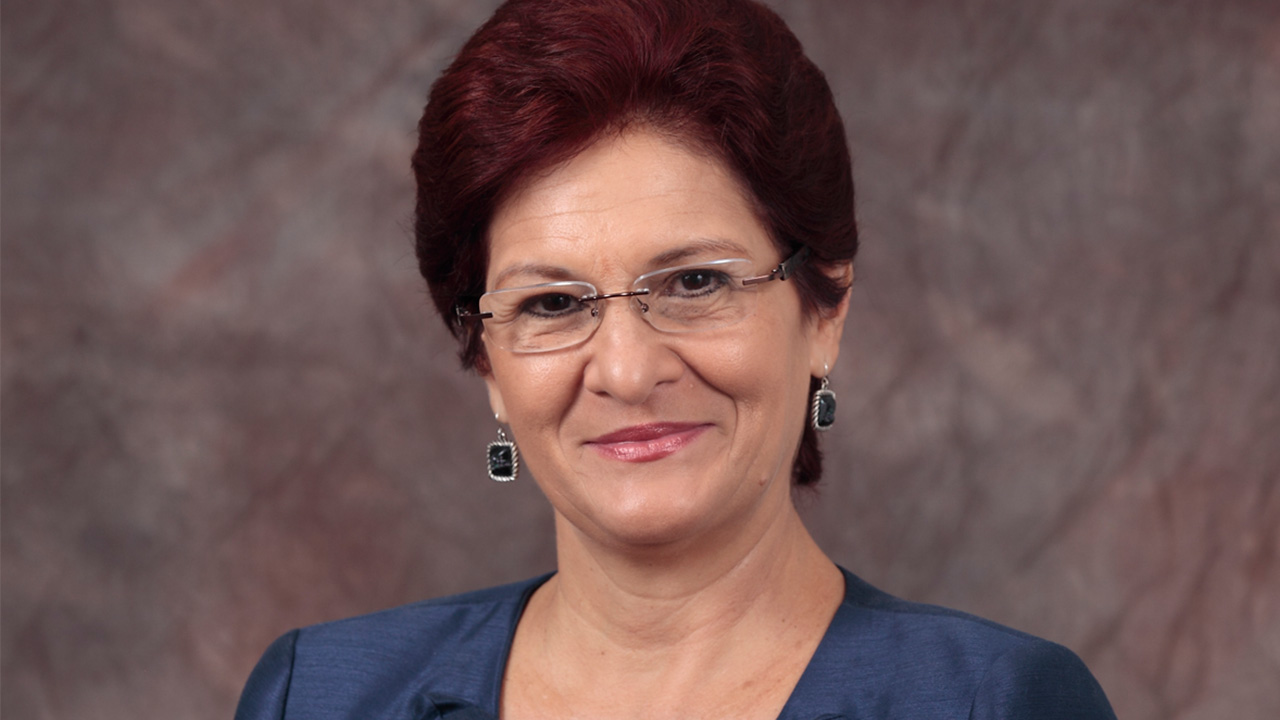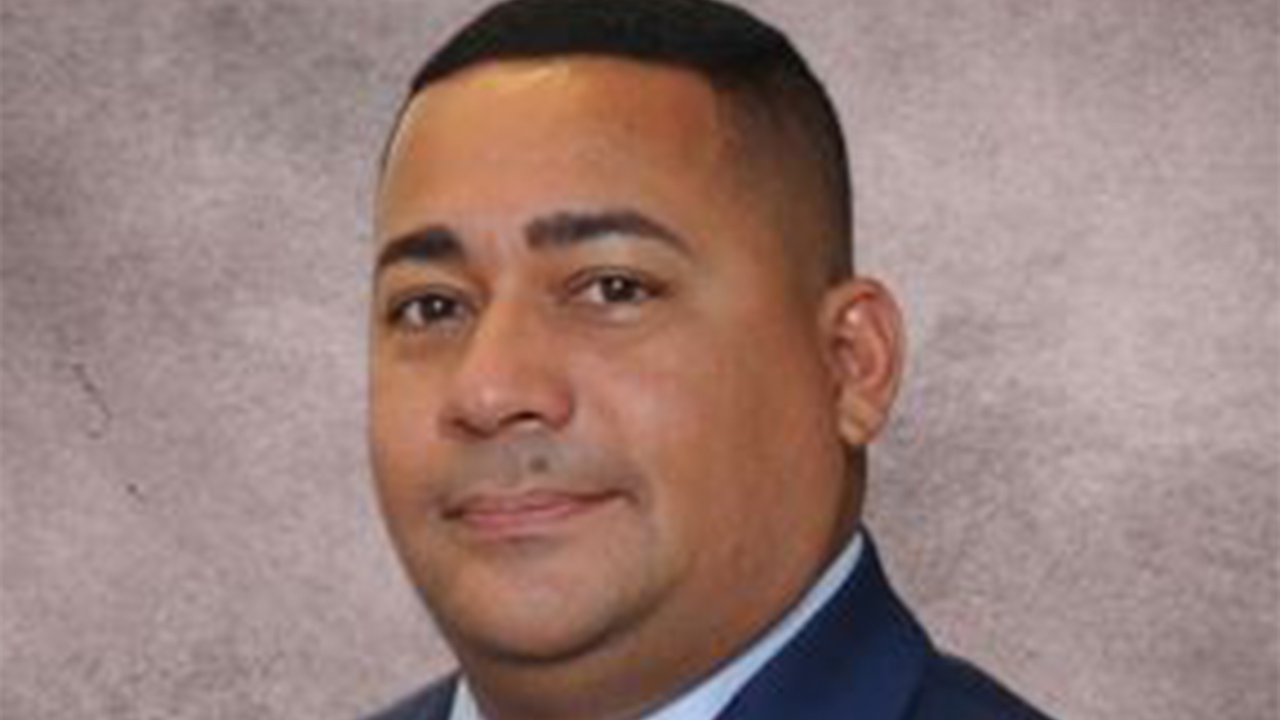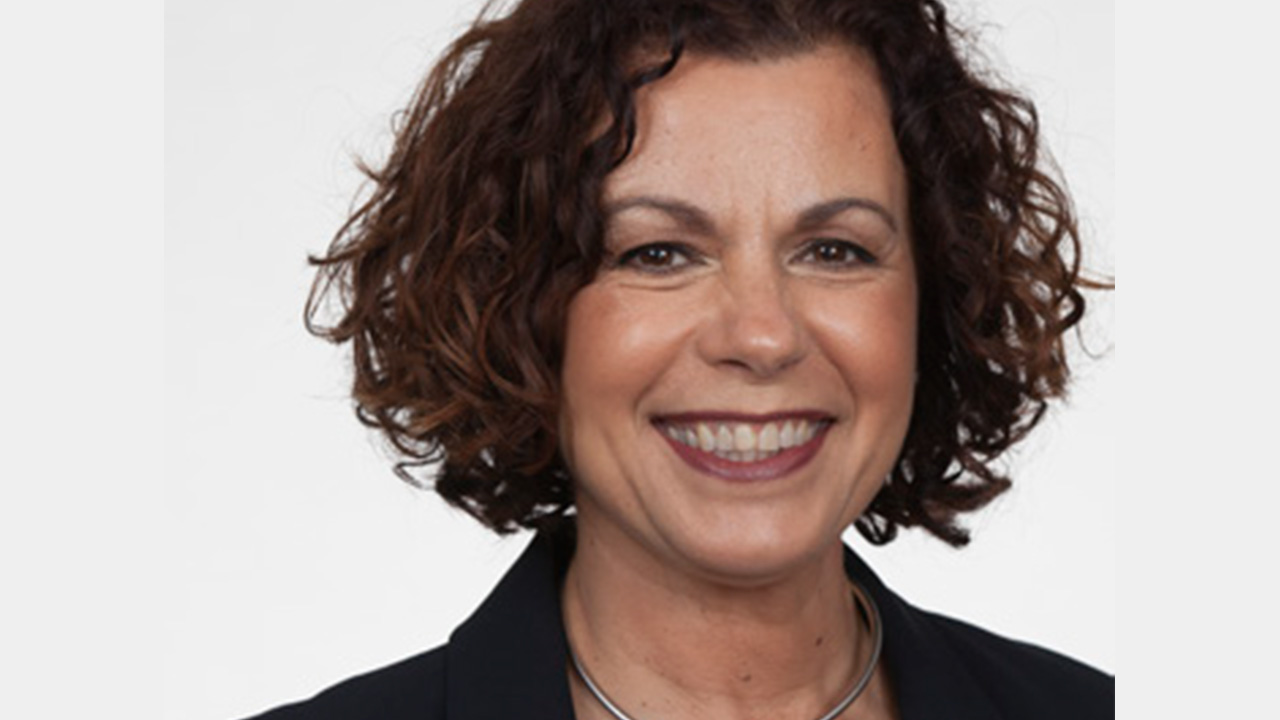Randy Gilbert, J.D.
Chief Happiness Officer
Florida’s Title Insurance Company
(954) 500-Title (8485)
Many of us are familiar with DocuSign as a quick and easy means of signing documents electronically. But why can’t you just slap a digital signature on a promissory note, what makes promissory notes so different, and what is an eNote?
History. Back in 2000, Congress passed the ESIGN Act (Electronic Signatures in Global and National Commerce) 15 USC §7001 et sequi, forcing states to accept electronic signatures and records as valid, legal, and enforceable means of conducting transactions but “Transferable Records” (or eNotes as they are commonly called in the industry) were given special treatment.[1] As a result, 47 states adopted the UETA (Uniform Electronic Transactions Act) which established uniform guidelines for accepting electronic signatures and records (WA, NY, and IL adopted their own similar legislation).
Promissory notes are unique. The obligation to repay a loan for a residence was traditionally evidenced by a written-paper-negotiable promissory note. It is common for the original lender to then turnaround and resell that note secured by a mortgage to GSE’s (Government Sponsored Enterprises) like Fannie Mae, Ginnie Mae, and Freddie Mac. The GSEs then pool, bundle, and repackage notes and mortgages into Mortgage Backed Securities (“MBS”) and resell them on the secondary mortgage market to investors. These are typically seen as low-risk investments because the GSEs guarantee the principal and interest on the note even if the borrower defaults. Reselling the note is how lenders free up money to make more loans and the circle of buying and selling notes, which is big business, on the open market continues.
How is a note Transferred? Transferring a written promissory note is generally accomplished by physically delivering the original wet ink signed note, along with a written or stamped “indorsement,” thereby giving the transferee the right to enforce the note. But as the industry moved to substitute paper notes, a new process to replace the physical delivery of possession and indorsement of an “original” paper promissory note needed to be created.[2] Most promissory notes fall under the legal scheme of “negotiable instruments,” which is governed by Article 3 of the Uniform Commercial Code (UCC).[3] Article 3 of the UCC alone does not support a promissory notes executed as electronic records.[4] But more importantly, the industry and borrowers needed assurances and protection. A pdf of a promissory note signed by a borrower could be easily duplicated and forwarded by email instantaneously to an infinite amount of people, a black-market of duplicated counterfeit notes could be sold to unsuspecting buyers, borrowers could be subject to multiple counterfeit claims because their note was resold to multiple investors without anyone knowing (unlike a wet-signed paper version) which one of the electronically signed promissory notes was the original and only note capable of being enforced. This is why eNotes required special attention and legislation, and simply slapping an electronic signature on a pdf of a note is insufficient.
“eNotes” are the electronic version of a paper-based negotiable promissory note. It is not just a pdf version of a promissory note. Florida’s Statute §668.50 is Florida’s UETA (Uniform Electronic Transfer Act) which establishes the framework for signing, storing, and transferring eNotes from an original lender to subsequent purchasers. The technical and legal term for an eNote under Florida’s UETA is also called a “Transferrable Record.”[5] Rather than being concerned with a paper promissory note’s “possession” and “indorsement” requirements, eNotes focus on “control” and “transfer of control” of the electronic records showing ownership thereof. In addition to meeting Florida’s statutory requirements set forth in §668.50(16), in order for the eNote to qualify for being purchased by a GSE (e.g. Fannie Mae’s requirements are examined below), eNotes must be:
- Electronically created by the Lender in the MISMO S.M.A.R.T. Doc® format (Not a pdf).[6] SMART stands for Securable • Manageable • Archivable • Retrievable • Transferable; [7]
- If it is an eNote that is intended to be offered for sale to Fannie Mae or Freddie Mac, then be aware that they use “Uniform Instruments” which must be modified to reflect that the promissory note is actually an eNote. If an eNote is going to be used as part of the loan package, then the eNote must contain additional headers, footers, and clauses agreeing to the electronic means; [8]
- eNote is then loaded by the lender into the eClosing platform chosen by the lender.[9]
- Electronically signed by the borrower;[10]
- A system of logs and audit trails must be maintained for the life of the loan plus seven (7) years; [11]
- A tamper-evident cryptographic seal, created by digital signature technology, must be applied to the signed document immediately after the last borrower’s signature has been applied. If any alterations are made to the document, the seal will be compromised, therefore making it apparent that the document has been altered. [12]
- Within one (1) business day of signing, the eNote must be “registered” in the “MERS® eRegistry” (owned and operated by MERSCORP Holdings, Inc) showing the original lender named in the eNote as the party with “control” of the eNote (the “Controller”) and the location of the eNote (i.e. where the eNote is being stored); [13]
- After registration, all subsequent transfers of “control” from one party to another must be properly recorded on the “MERS® eRegistry”, so that the MERS® eRegistry identifies the current party in “control” (i.e. the current transferee).
eVAult. With respect to locating the eNote, the eNote is only “registered” in the MERS® eRegistry but that is not where the eNote is “stored.” The MERS® eRegistry is like the librarian of the eNote world. It simply tracks who controls which eNote and which eVault the eNote is stored. The actual eNote is stored and maintained by the lender or its designated custodian in an “eVault.” eVaults are electronic platforms built to store the eNote and integrate directly with the MERS® eRegistry. That lender must be prepared to demonstrate that the eNote, while in the lender’s “control,” has not been impermissibly altered since it was signed, thus the eVault must have the proper controls in place to maintain a definitive copy of the eNote, otherwise referred to as the “authoritative copy.”[14] Thus an eVault is a critical component to enforceability. Controllers mostly utilize third-party services to maintain the eVault, but some operate the eVault software platform within their own internal data processing services.
DISCLAIMER: Not intended to constitute legal advice, accuracy, nor completeness, and may not be relied upon as such; consult an attorney. FTIC is a national award winning title insurance company known for its white glove customer service and “No Junk Fee Guarantee.” ®
[1] See, 15 USC §7002.
[2] See, 673.2011?Negotiation.—
(1) The term “negotiation” means a transfer of possession, whether voluntary or involuntary, of an instrument by a person other than the issuer to a person who thereby becomes its holder.
(2) Except for negotiation by a remitter, if an instrument is payable to an identified person, negotiation requires transfer of possession of the instrument and its indorsement by the holder. If an instrument is payable to bearer, it may be negotiated by transfer of possession alone.
[3] Why Can’t I Just Slap an E-signature on a PDF Note?
[4] Enabled By Lenders, Embraced By Borrowers, Enforced By The Courts: What You Need To Know About Enotes, By Margo H.K. Tank and R. David Whitaker, May 1, 2018, Pg. 1
(16) TRANSFERABLE RECORDS.—
(a) For purposes of this paragraph, “transferable record” means an electronic record that:
1. Would be a note under chapter 673, or a document under chapter 677, if the electronic record were in writing.
2. The issuer of the electronic record expressly has agreed is a transferable record.
(b) A person has control of a transferable record if a system employed for evidencing the transfer of interests in the transferable record reliably establishes that person as the person to which the transferable record was issued or transferred.
(c) A system satisfies paragraph (b), and a person is deemed to have control of a transferable record, if the transferable record is created, stored, and assigned in such a manner that:
1. A single authoritative copy of the transferable record exists which is unique, identifiable, and, except as otherwise provided in subparagraphs 4., 5., and 6., unalterable.
2. The authoritative copy identifies the person asserting control as the person to which the transferable record was issued or, if the authoritative copy indicates that the transferable record has been transferred, the person to which the transferable record was most recently transferred.
3. The authoritative copy is communicated to and maintained by the person asserting control or its designated custodian.
4. Copies or revisions that add or change an identified assignee of the authoritative copy can be made only with the consent of the person asserting control.
5. Each copy of the authoritative copy and any copy of a copy is readily identifiable as a copy that is not the authoritative copy.
6. Any revision of the authoritative copy is readily identifiable as authorized or unauthorized.
(d)Except as otherwise agreed, a person having control of a transferable record is the holder, as defined in s. 671.201(21), of the transferable record and has the same rights and defenses as a holder of an equivalent record or writing under the Uniform Commercial Code, including, if the applicable statutory requirements under s. 673.3021, s. 677.501, or s. 679.330 are satisfied, the rights and defenses of a holder in due course, a holder to which a negotiable document of title has been duly negotiated, or a purchaser, respectively. Delivery, possession, and indorsement are not required to obtain or exercise any of the rights under this paragraph.
(e) Except as otherwise agreed, an obligor under a transferable record has the same rights and defenses as an equivalent obligor under equivalent records or writings under the Uniform Commercial Code.
(f) If requested by a person against which enforcement is sought, the person seeking to enforce the transferable record shall provide reasonable proof that the person is in control of the transferable record. Proof may include access to the authoritative copy of the transferable record and related business records sufficient to review the terms of the transferable record and to establish the identity of the person having control of the transferable record.
[6] Guide to Delivering eMortgages to Fannie Mae, April 20, 2020, ¶3.3.2
[7] Mismo SMART Doc® Components consist of: “An electronic document created to conform to a specification standardized by MISMO®. A SMART Doc® can lock together data and presentation in such a way that it can be system-validated to guarantee the integrity of the document. The SMART Doc Specification is a technical framework for representing documents in an electronic format. This format links data, the visual representation of the form, and signature. The visual representation of the documents can utilize a variety of technologies, such as XHTML, PDF, and TIFF. A SMART Doc can be secured to prevent tampering. Therefore, the Specification allows system validation to ensure that what the borrower sees and signs on the computer screen is the exact document that will be stored. It also ensures that the data displayed on the screen will be the exact data used for processing the loan.”
[8] Guide to Delivering eMortgages to Fannie Mae, April 20, 2020, Appendix A ¶(c) e-Note Clause
[9] E-Notes and E-Mortgages what you should know.
[10] Guide to Delivering eMortgages to Fannie Mae, April 20, 2020, ¶3.3.3
[11] Guide to Delivering eMortgages to Fannie Mae, April 20, 2020, ¶3.3.4
[12] Guide to Delivering eMortgages to Fannie Mae, April 20, 2020, ¶3.4.1
[13] Guide to Delivering eMortgages to Fannie Mae, April 20, 2020, ¶3.5
[14] Enabled By Lenders, Embraced By Borrowers, Enforced By The Courts: What You Need To Know About Enotes, By Margo H.K. Tank and R. David Whitaker, May 1, 2018, Pg. 2









